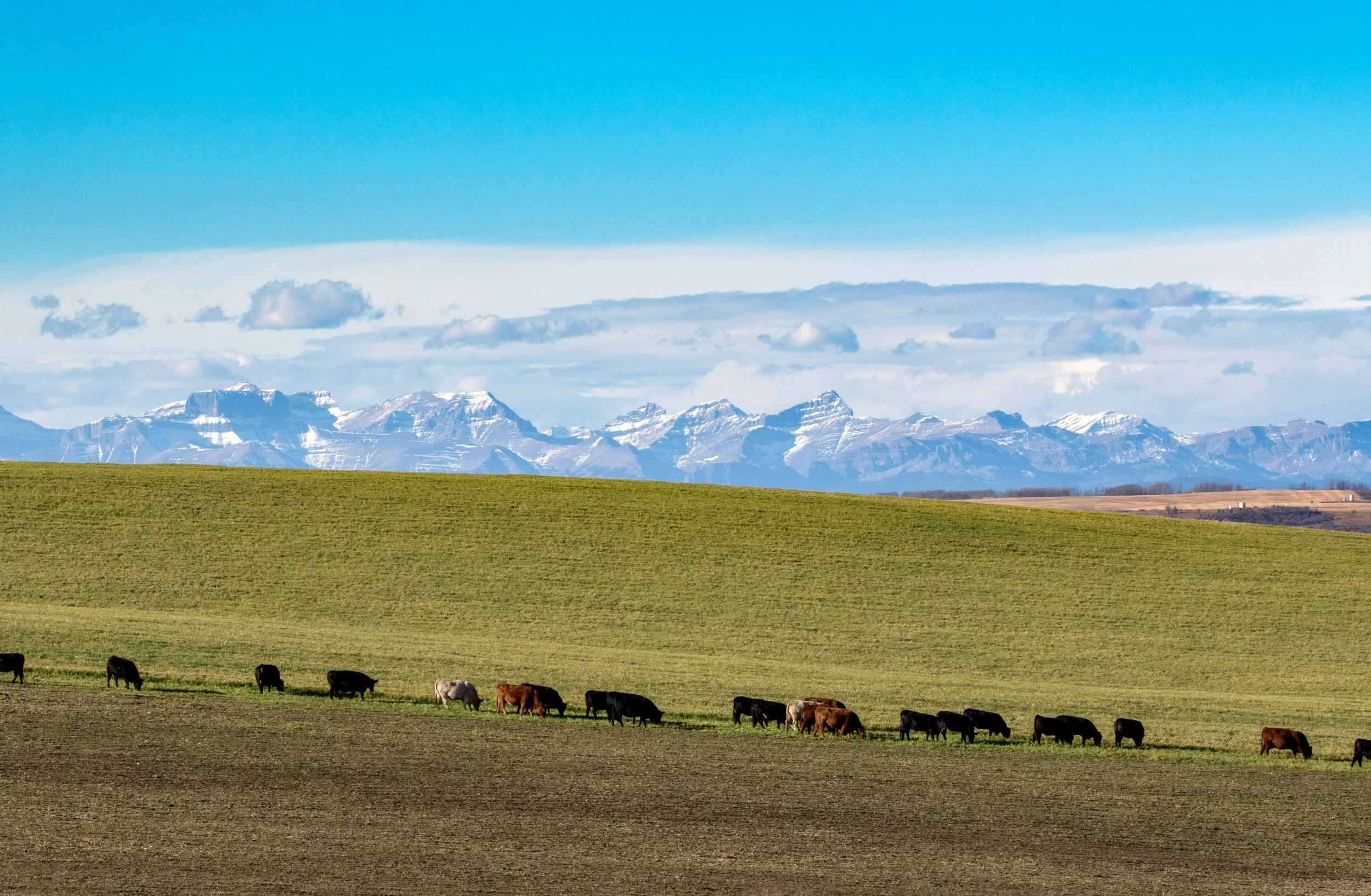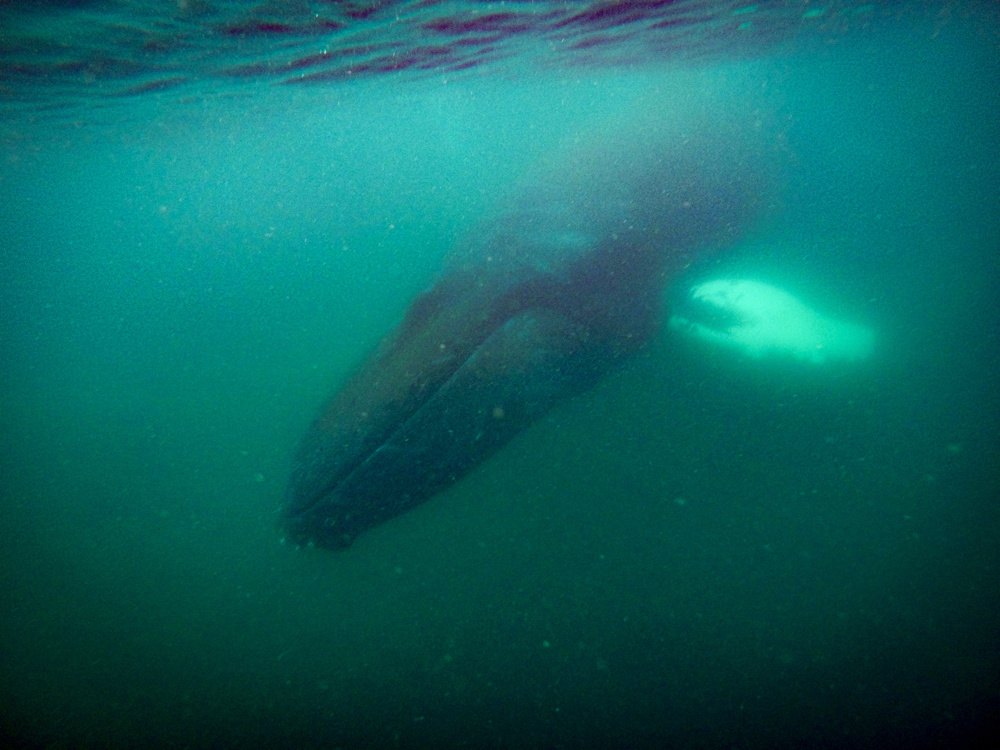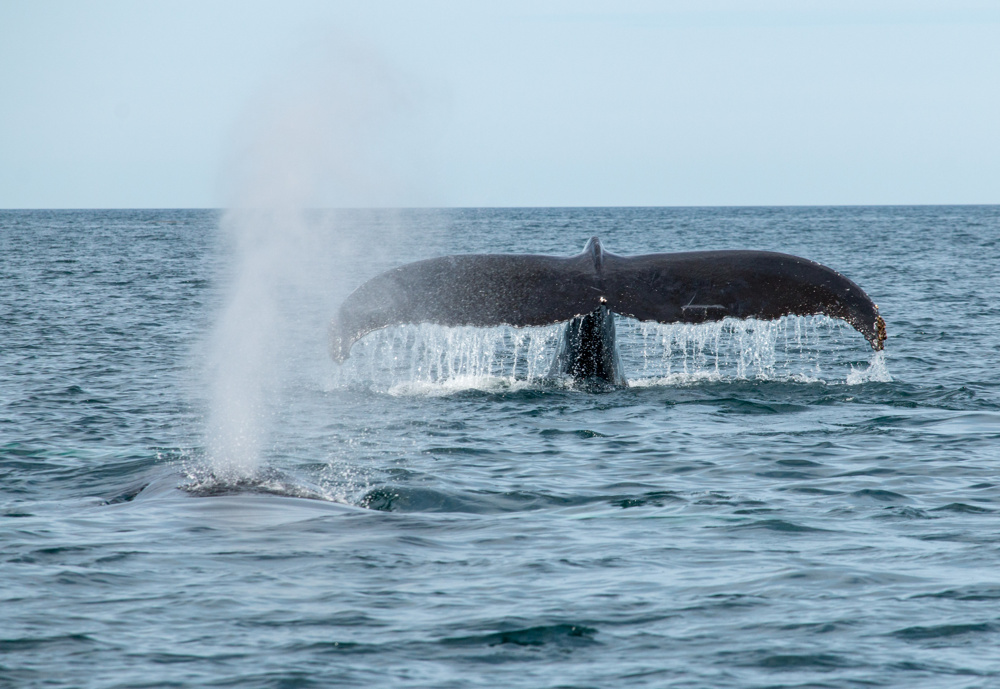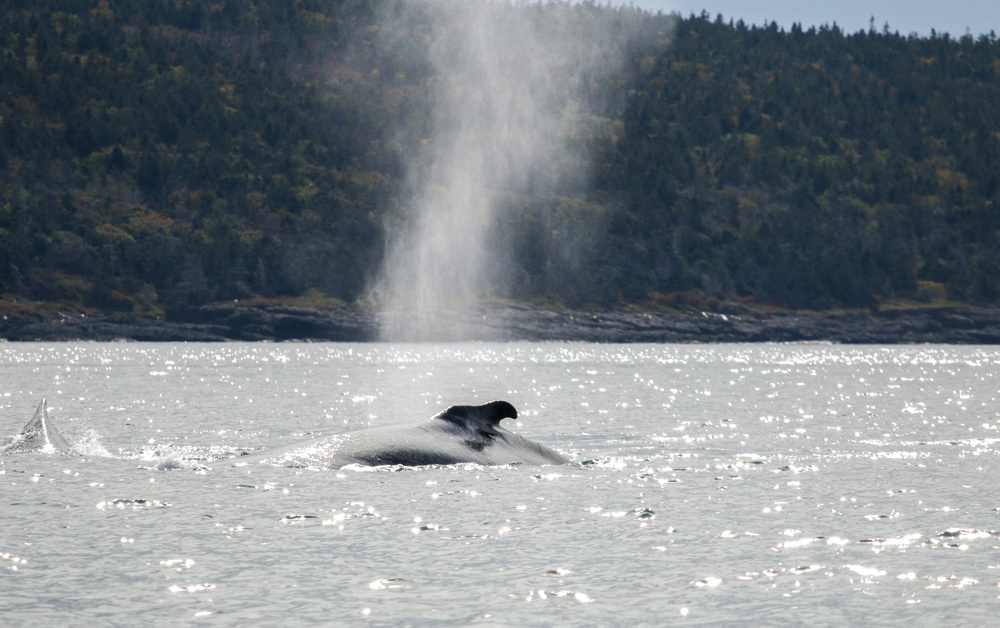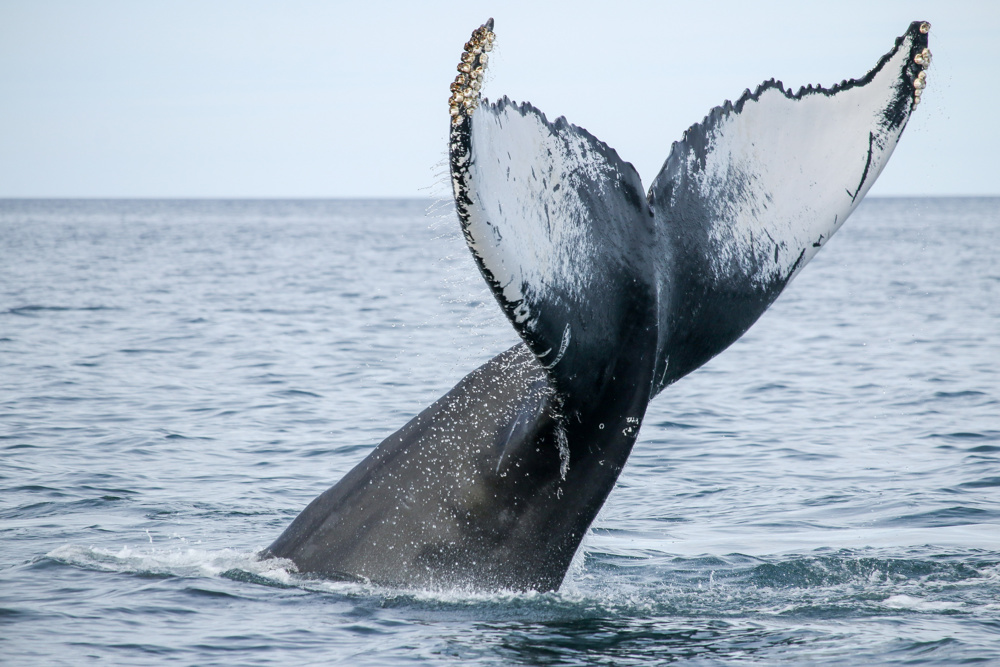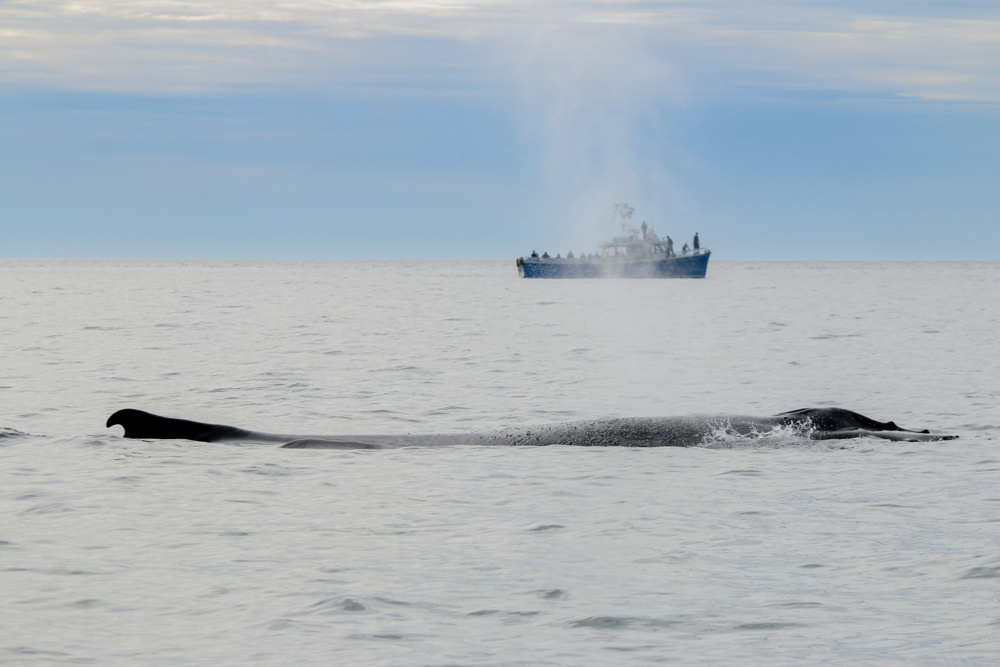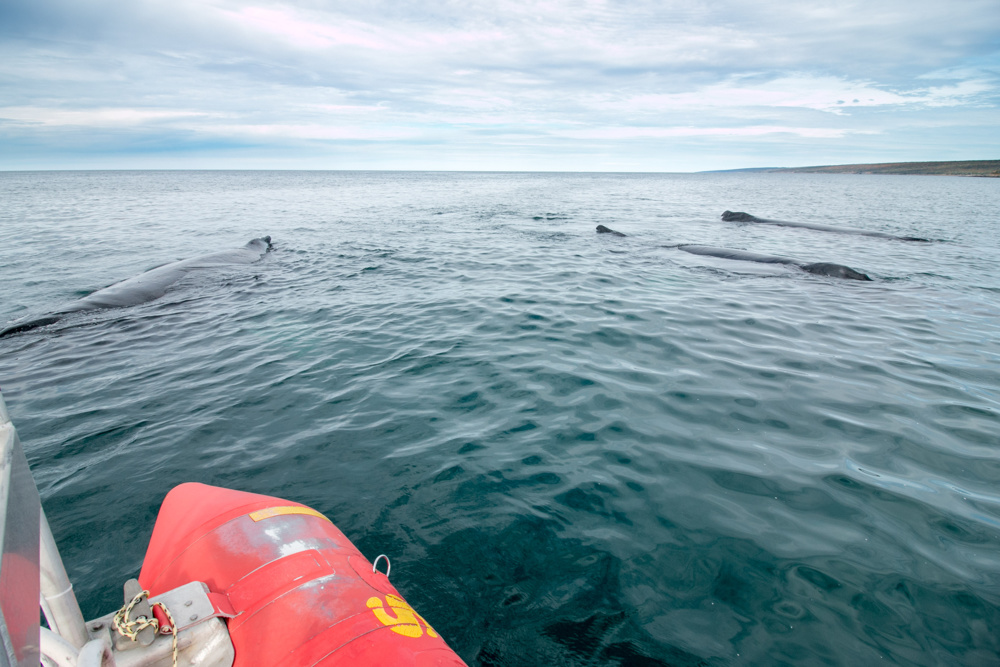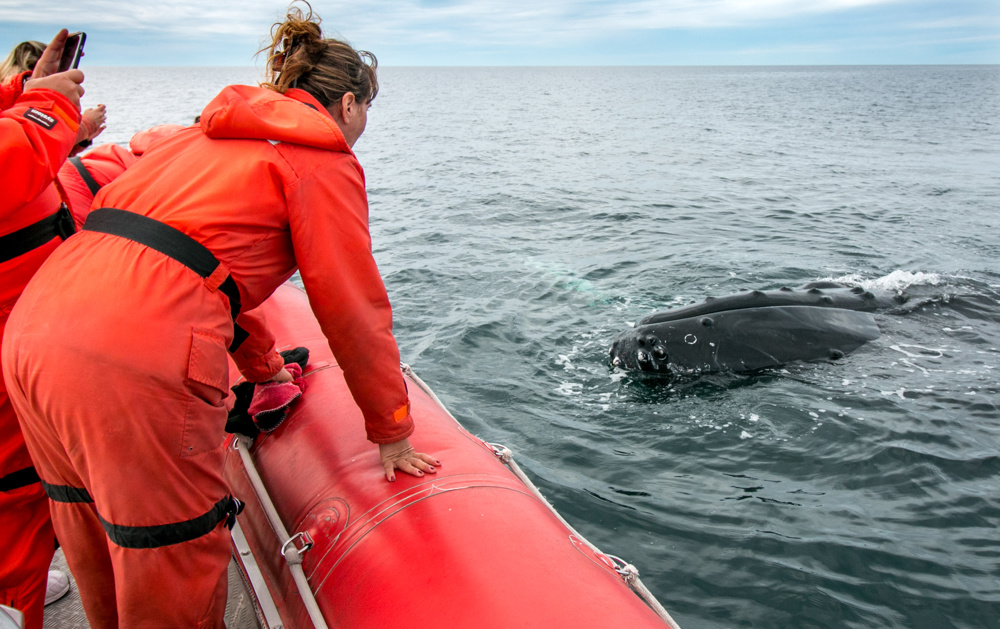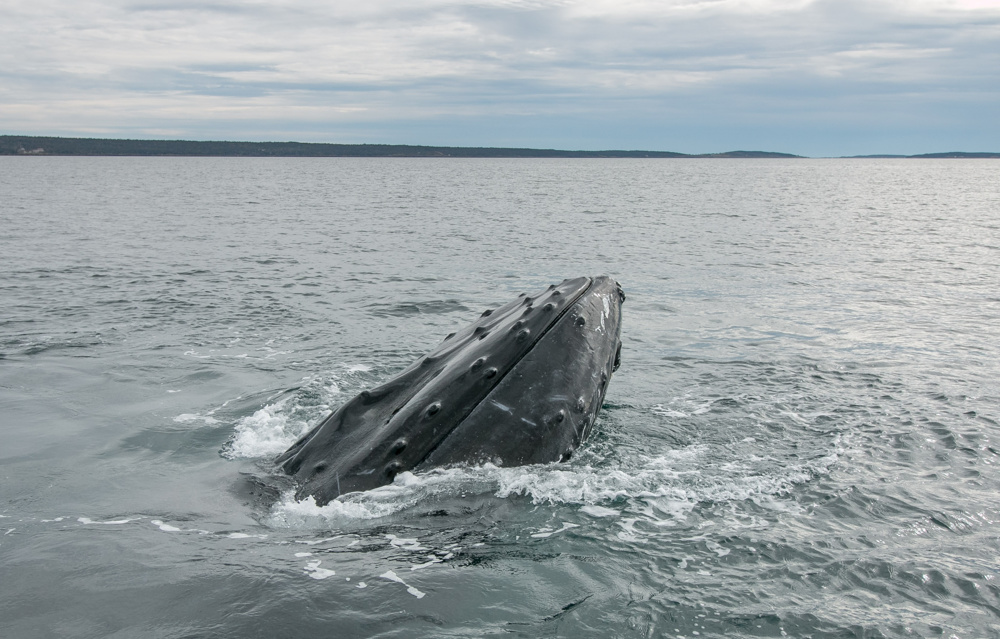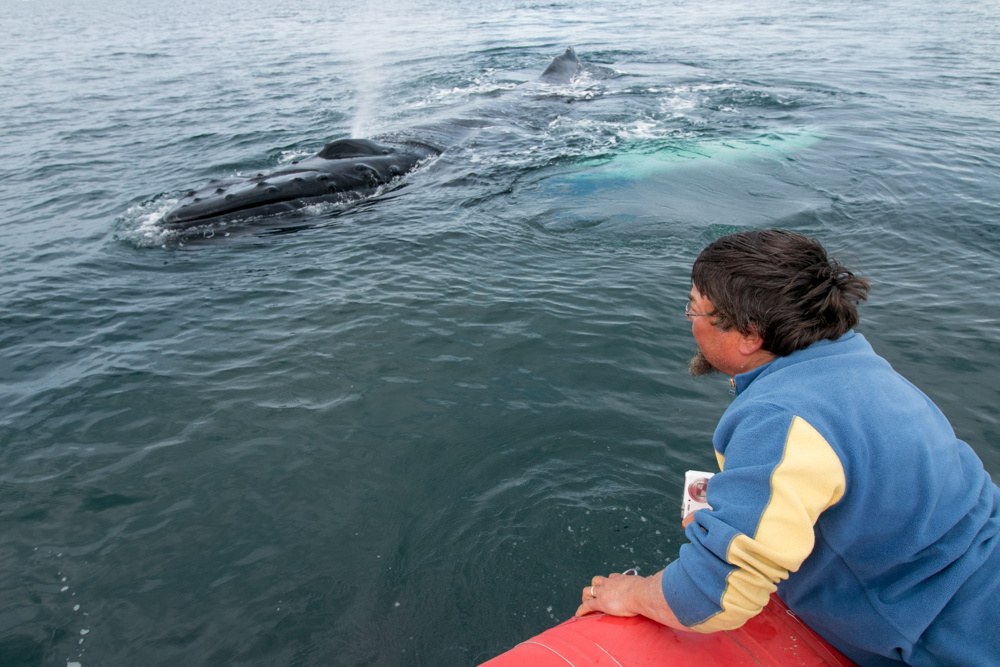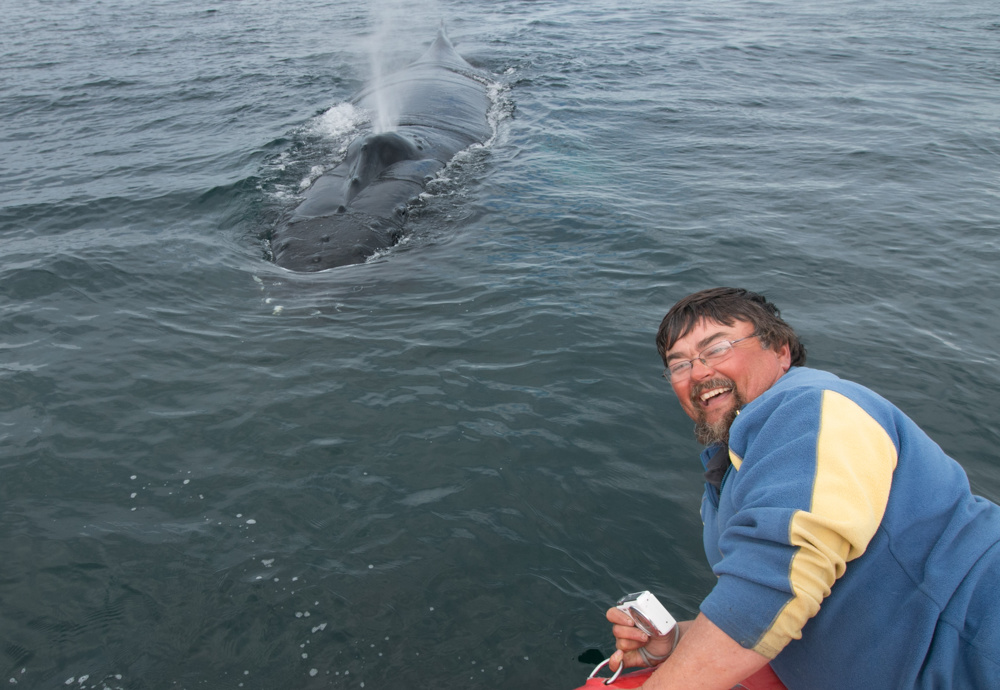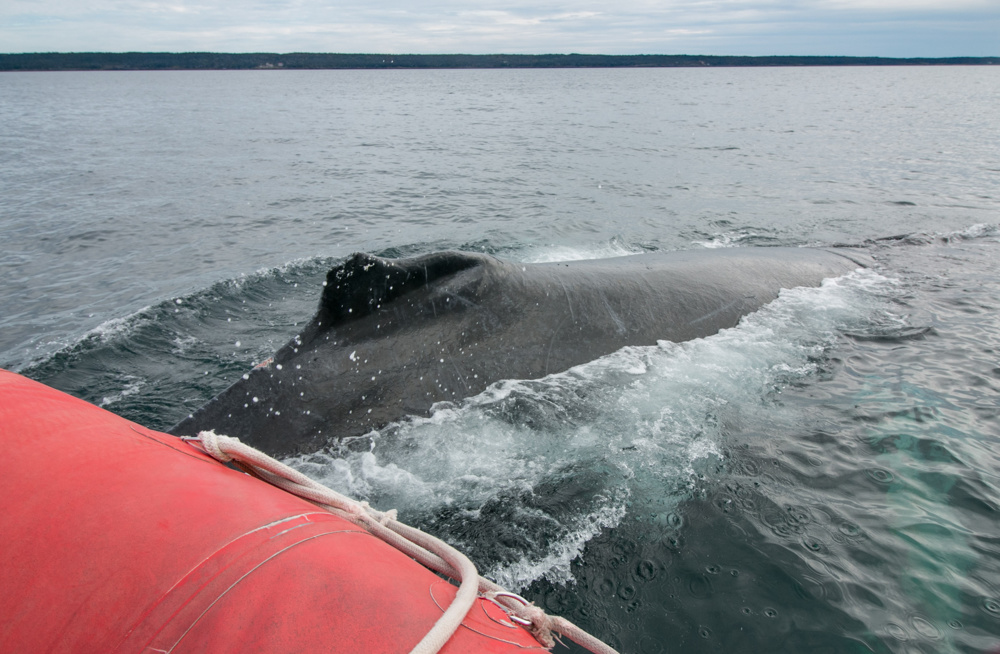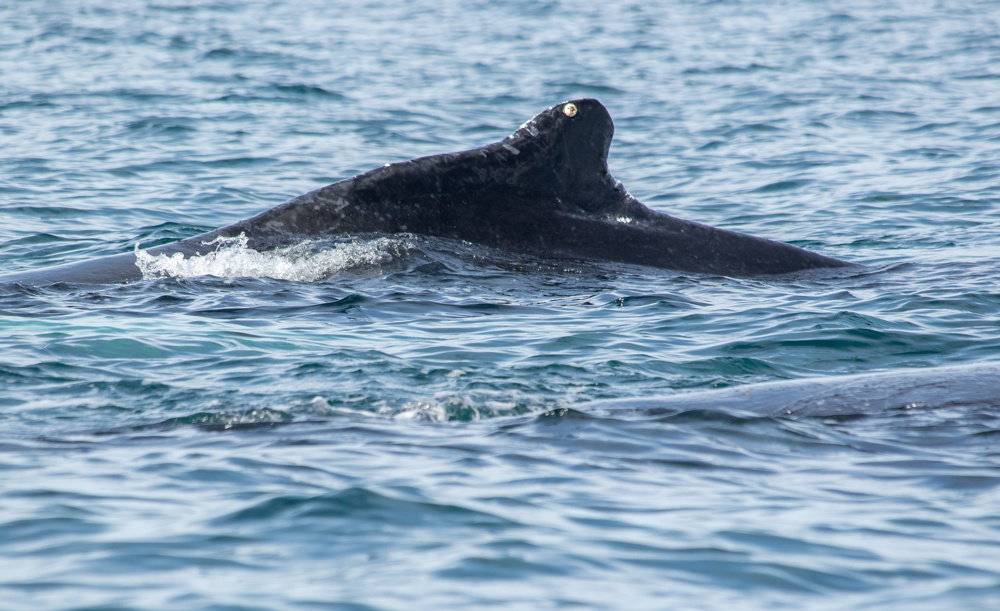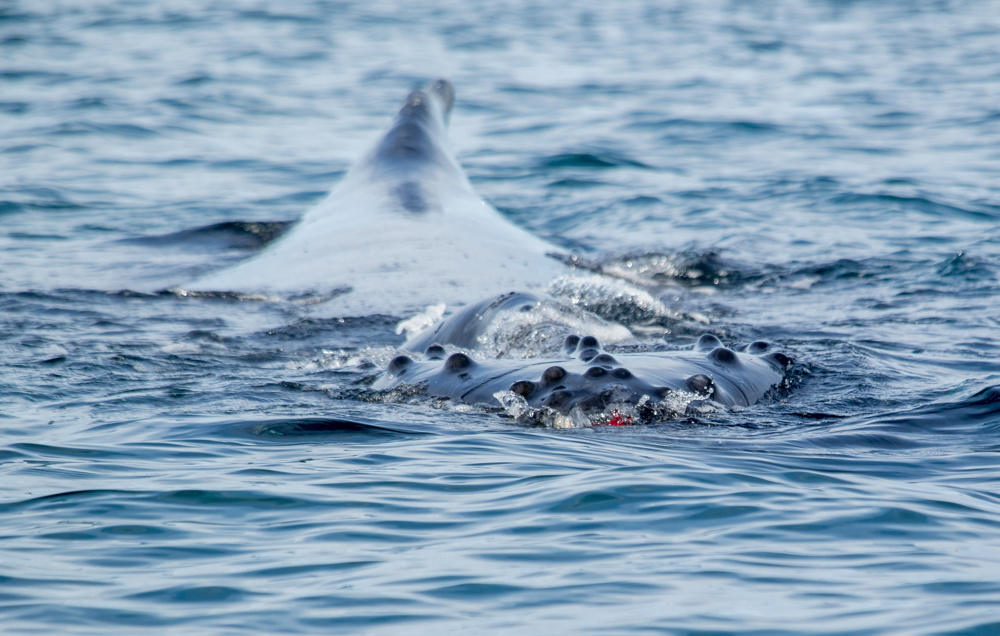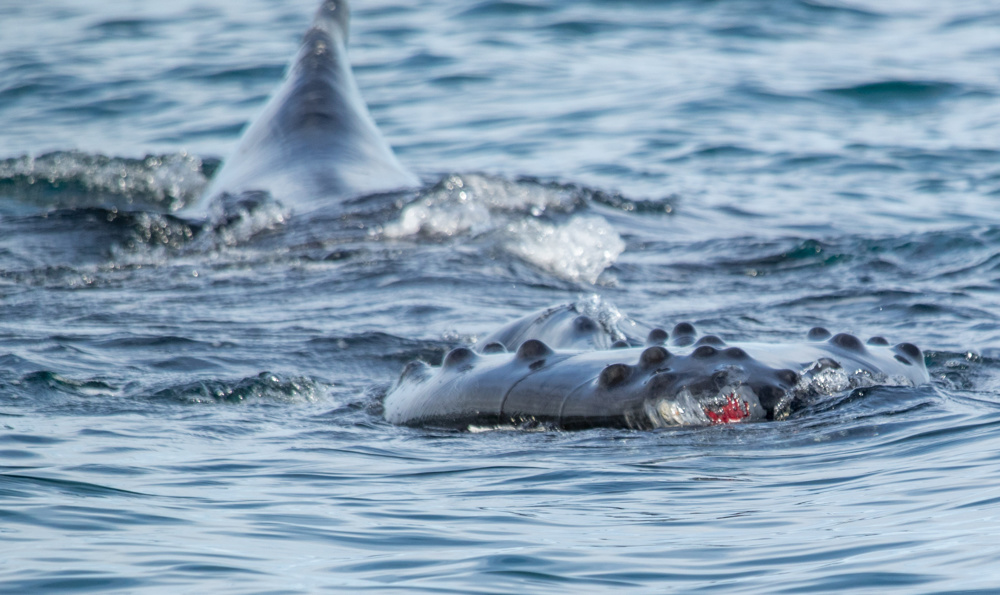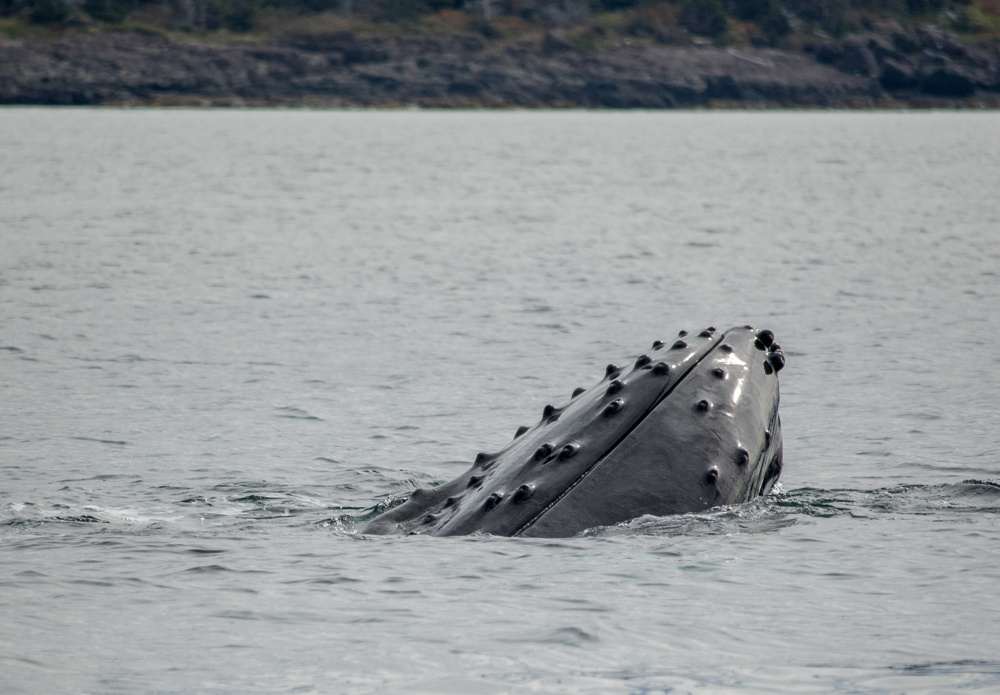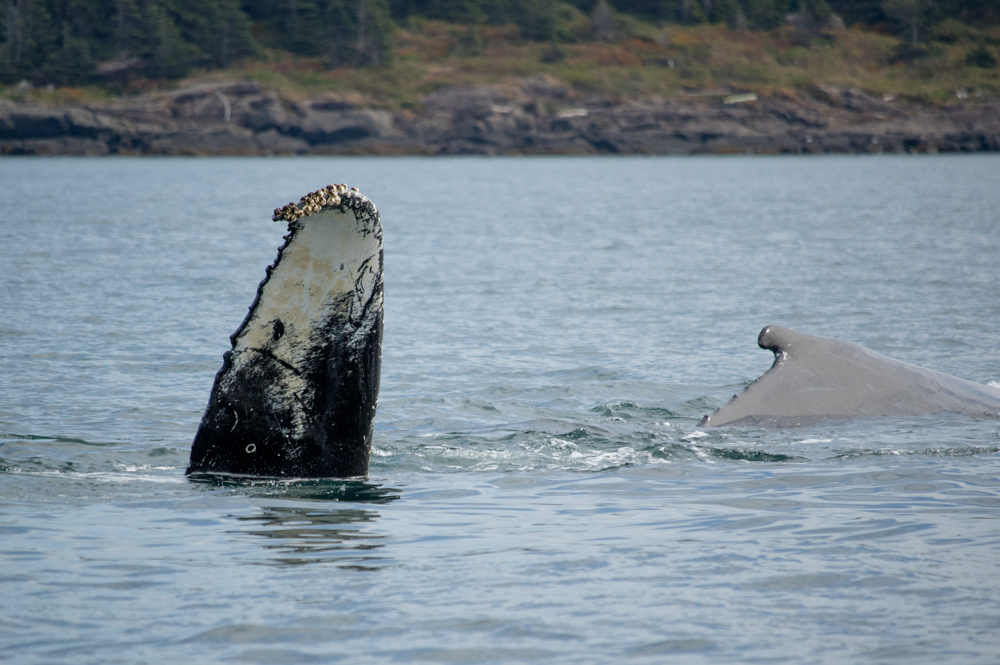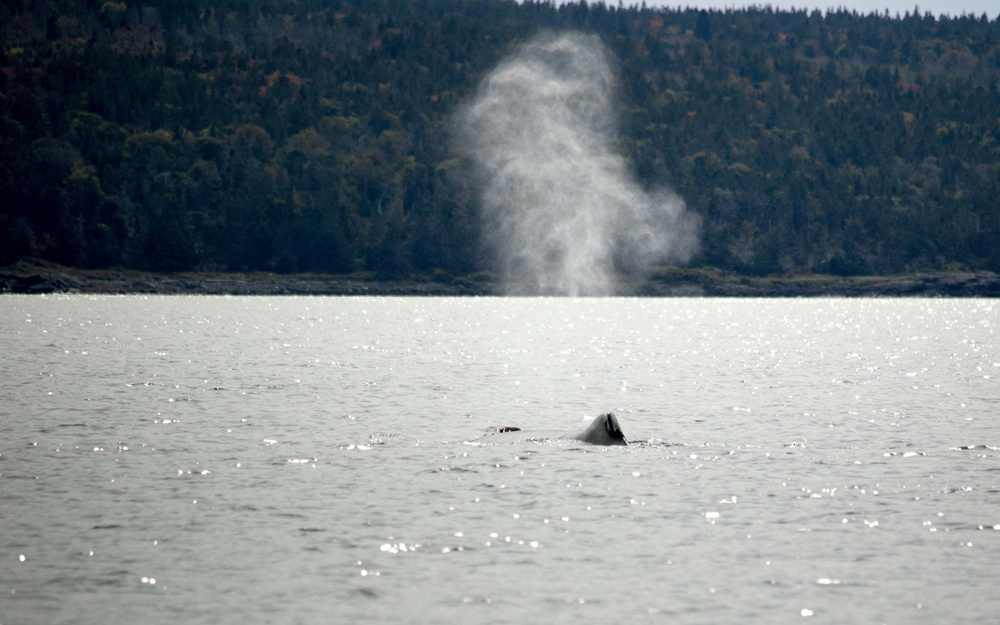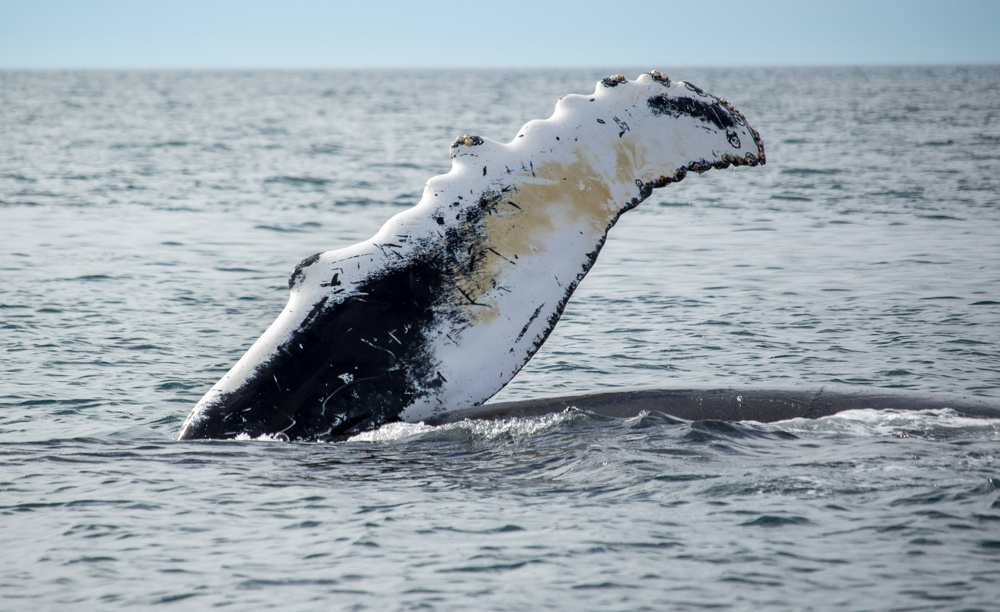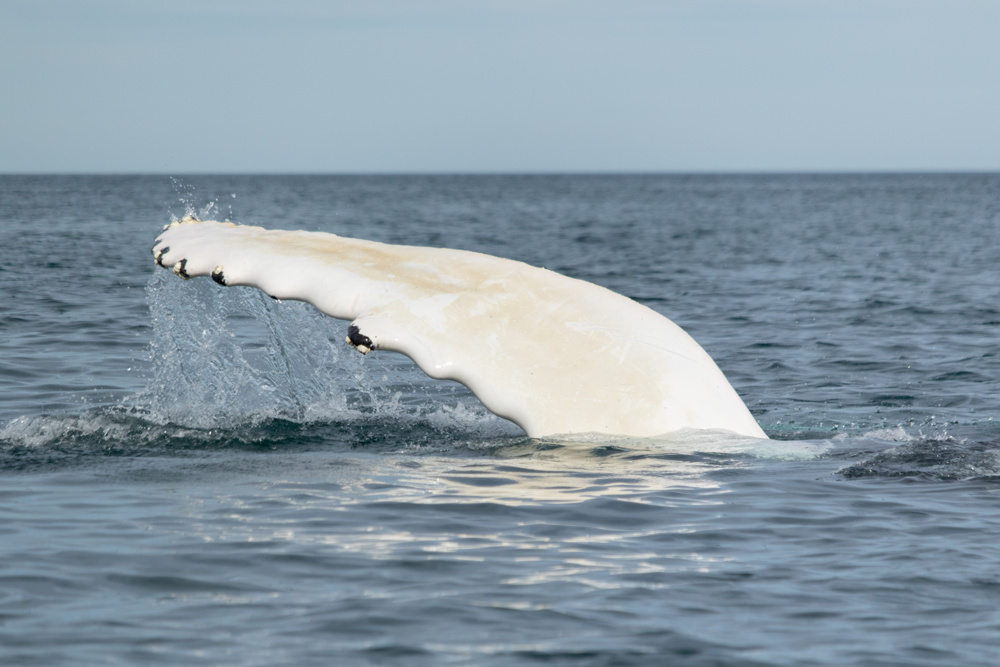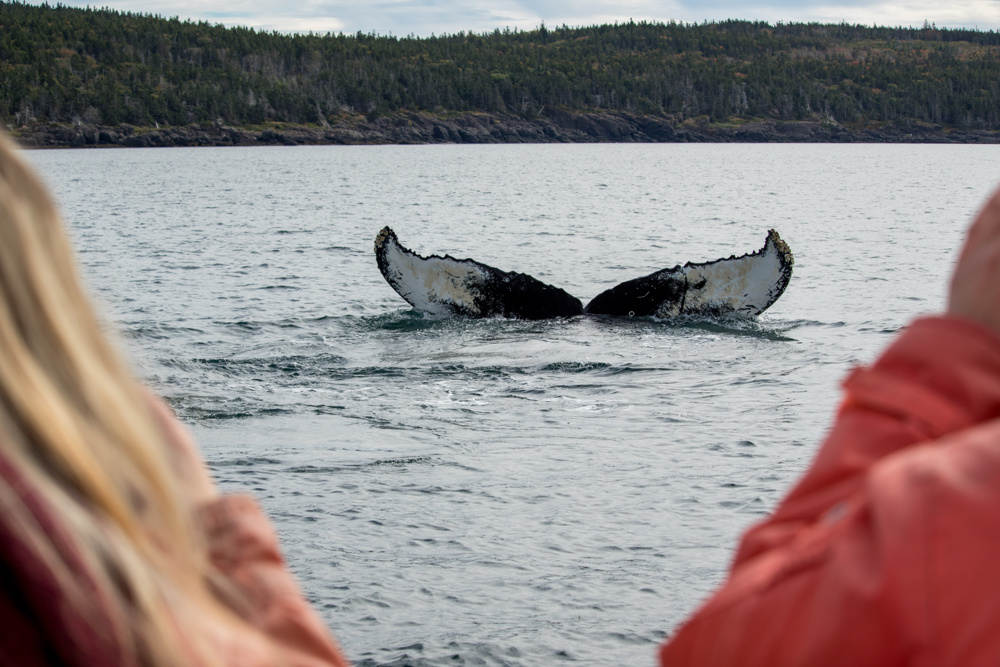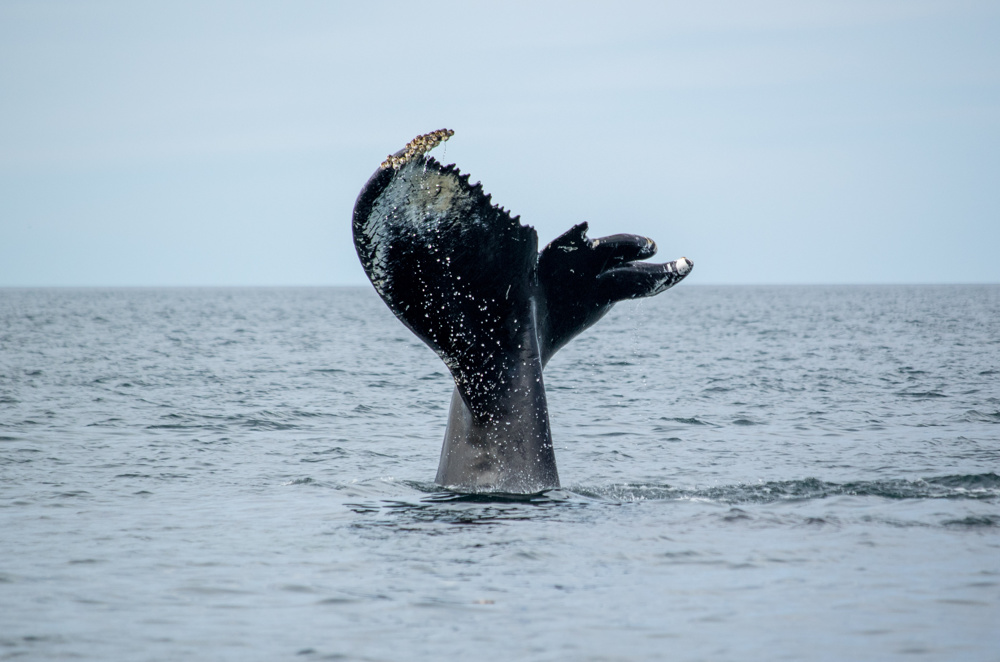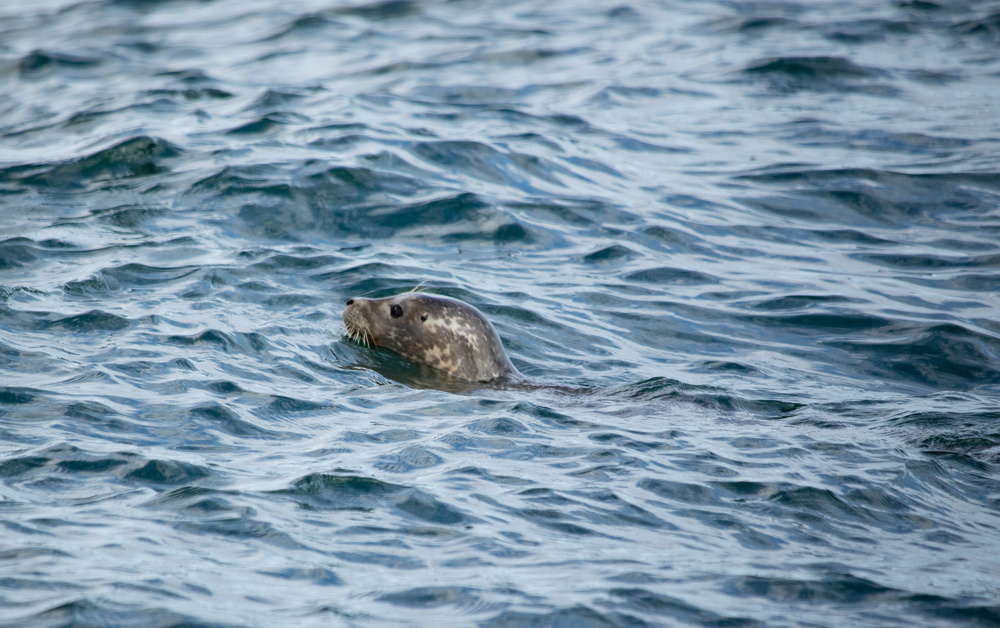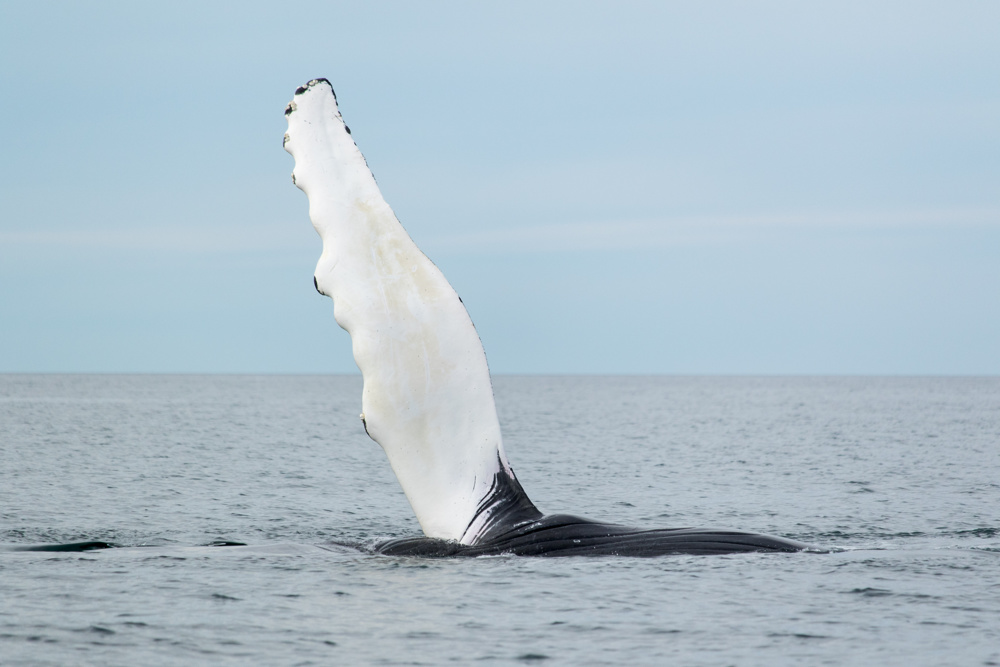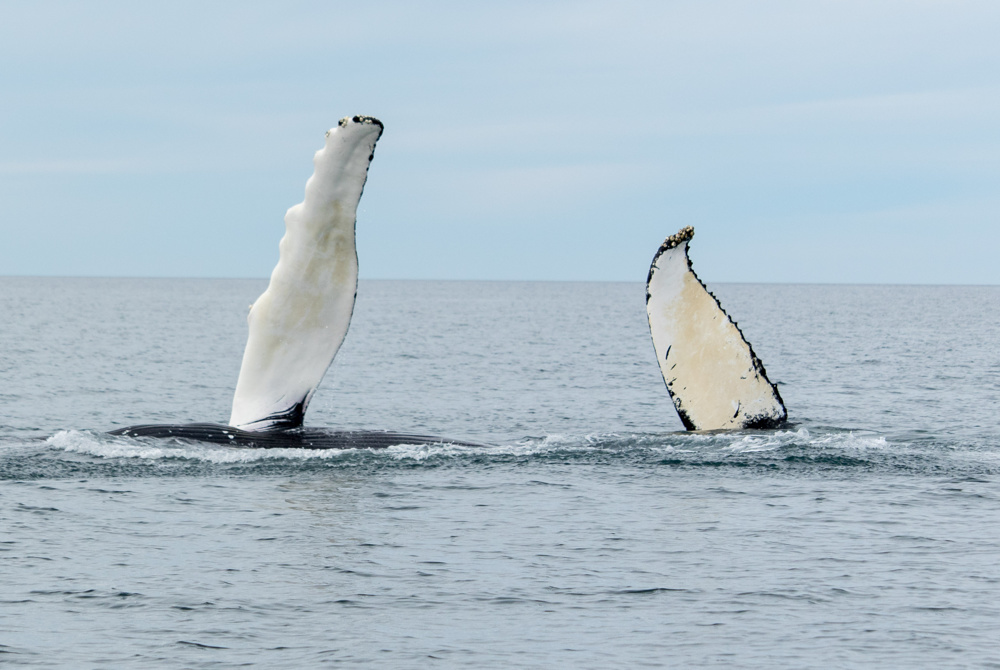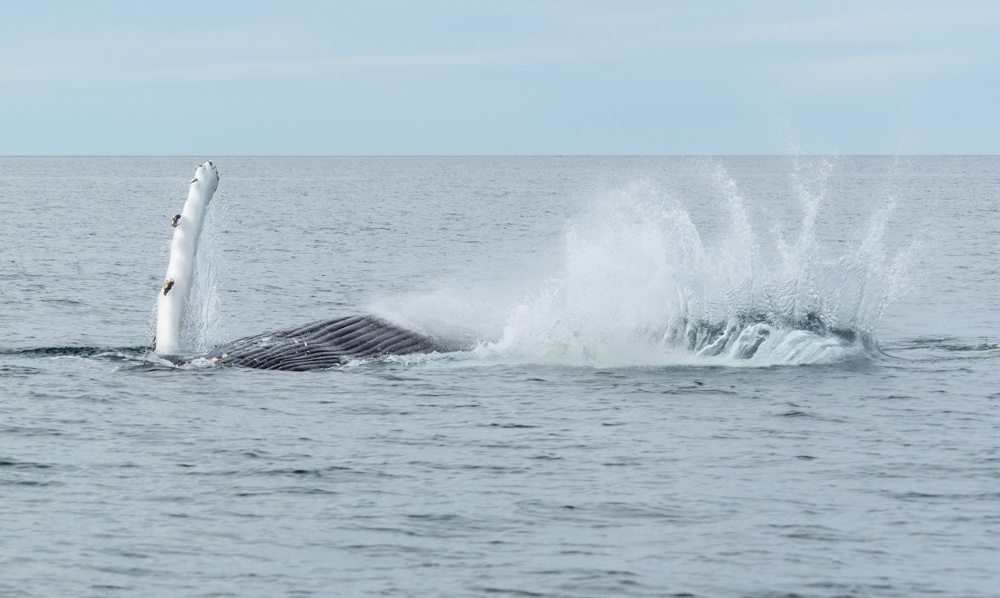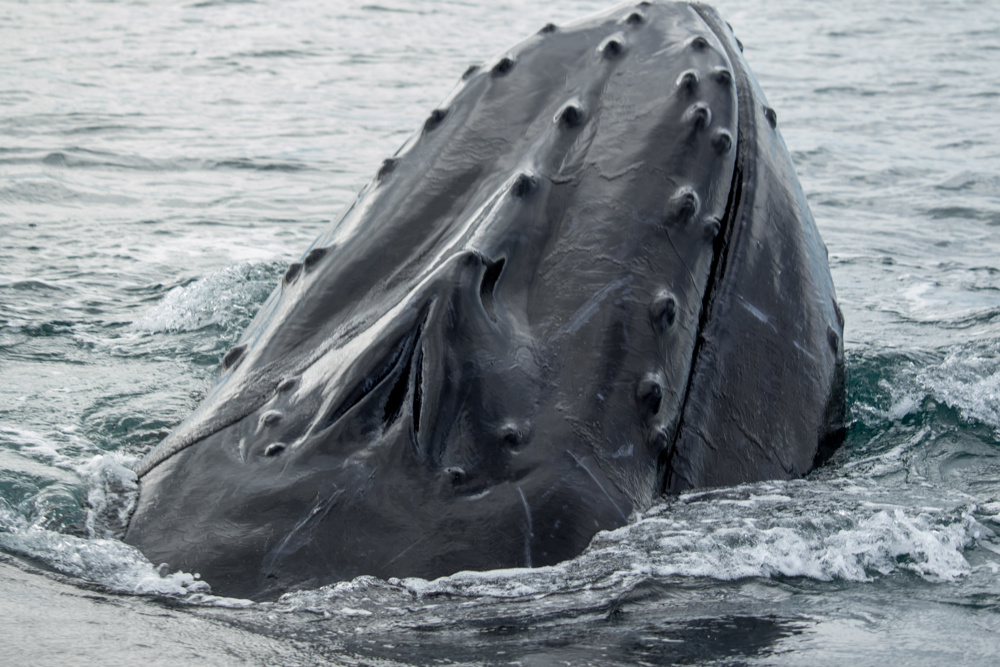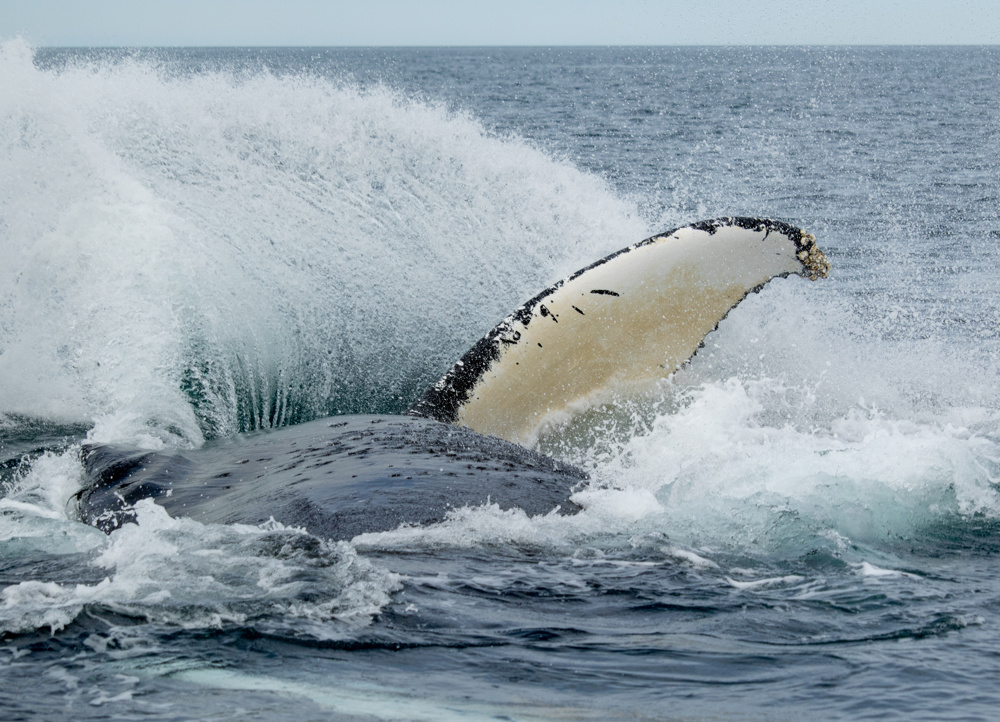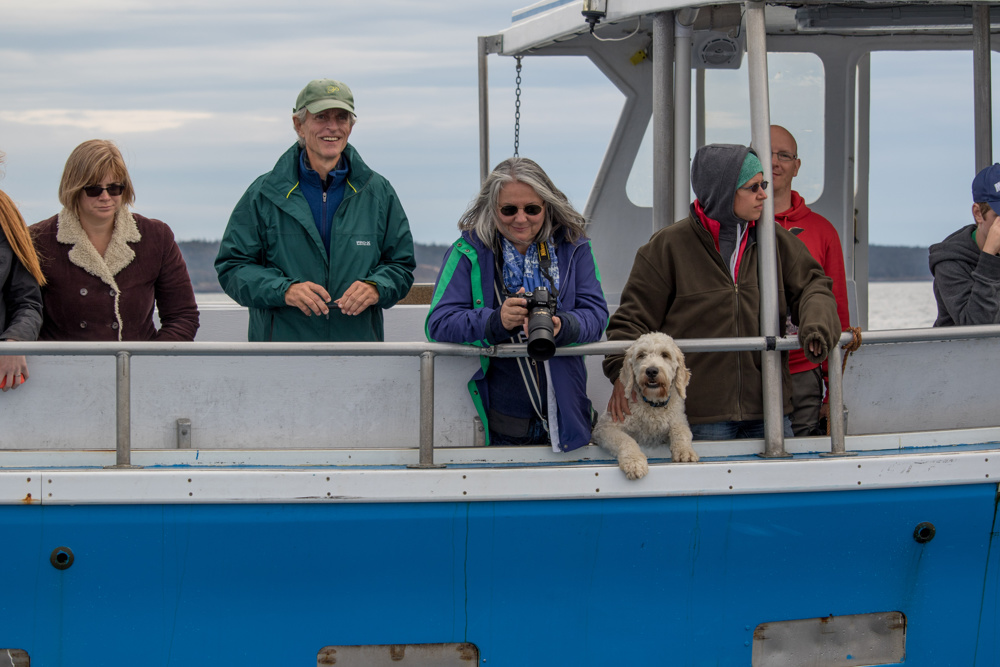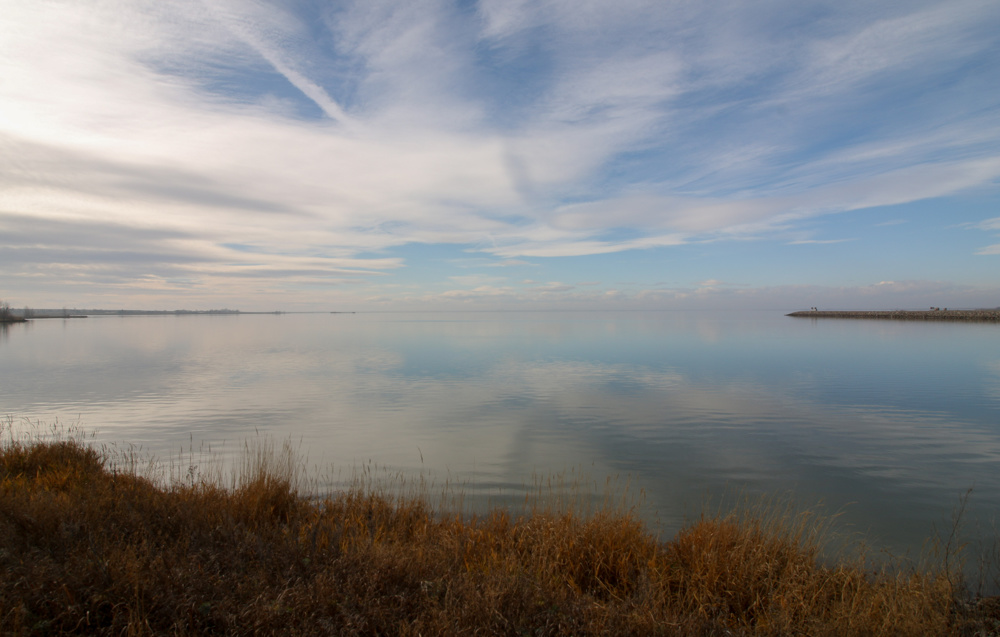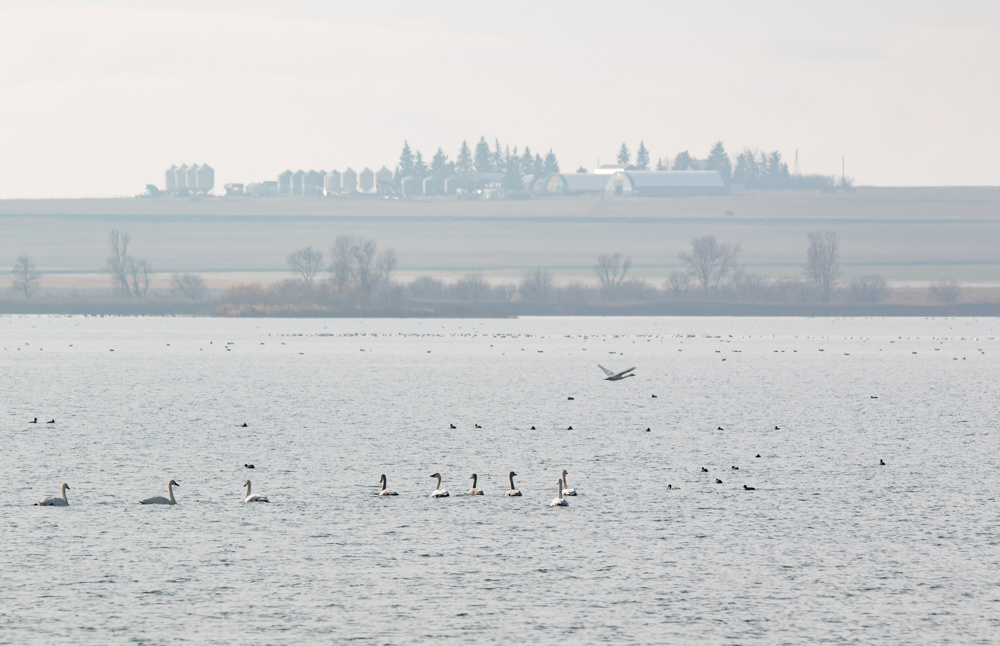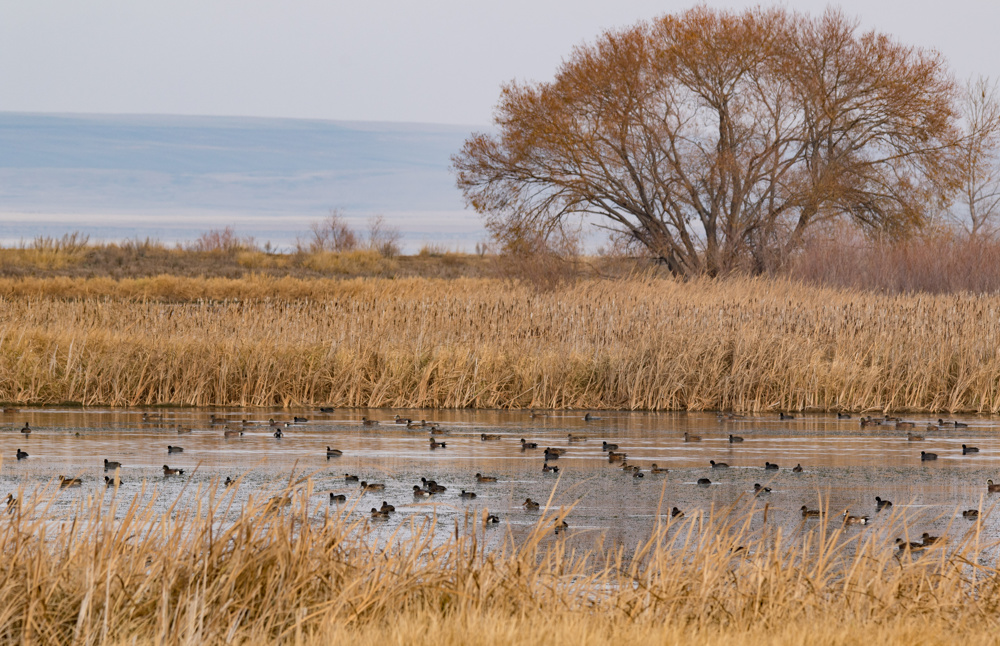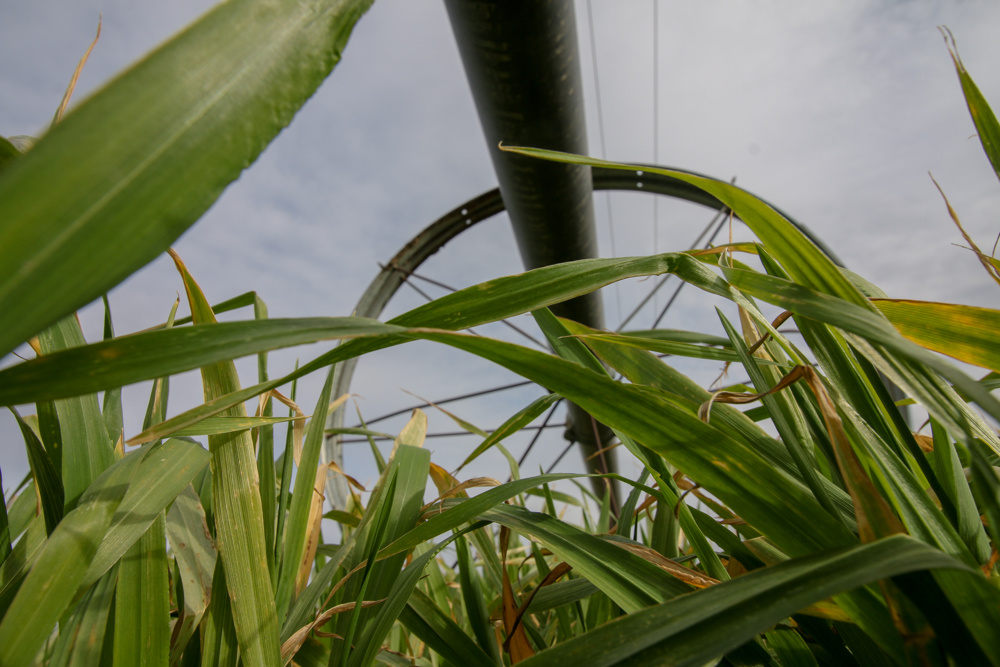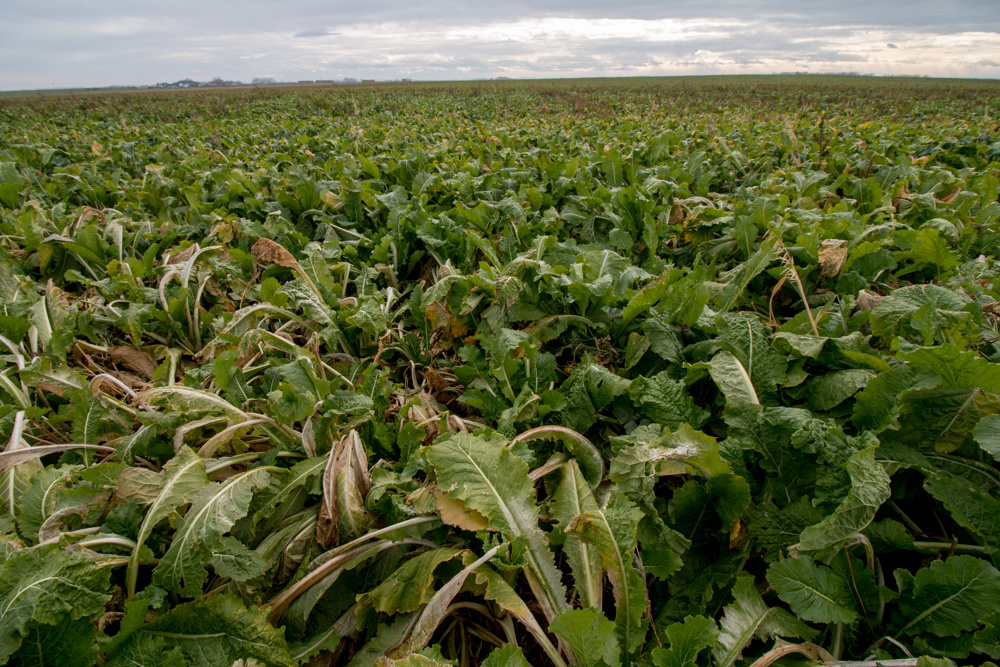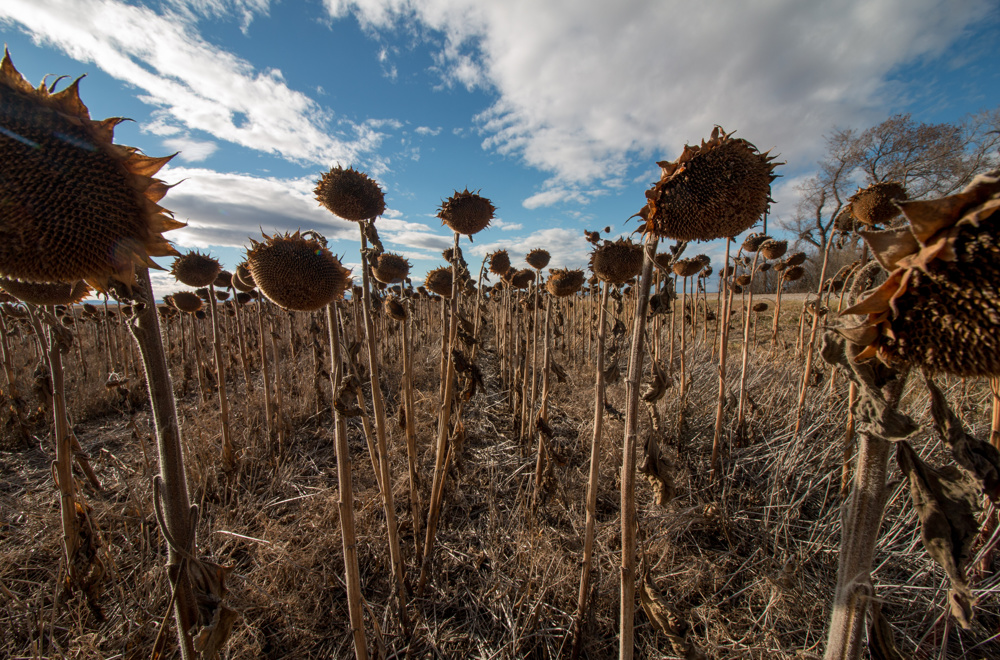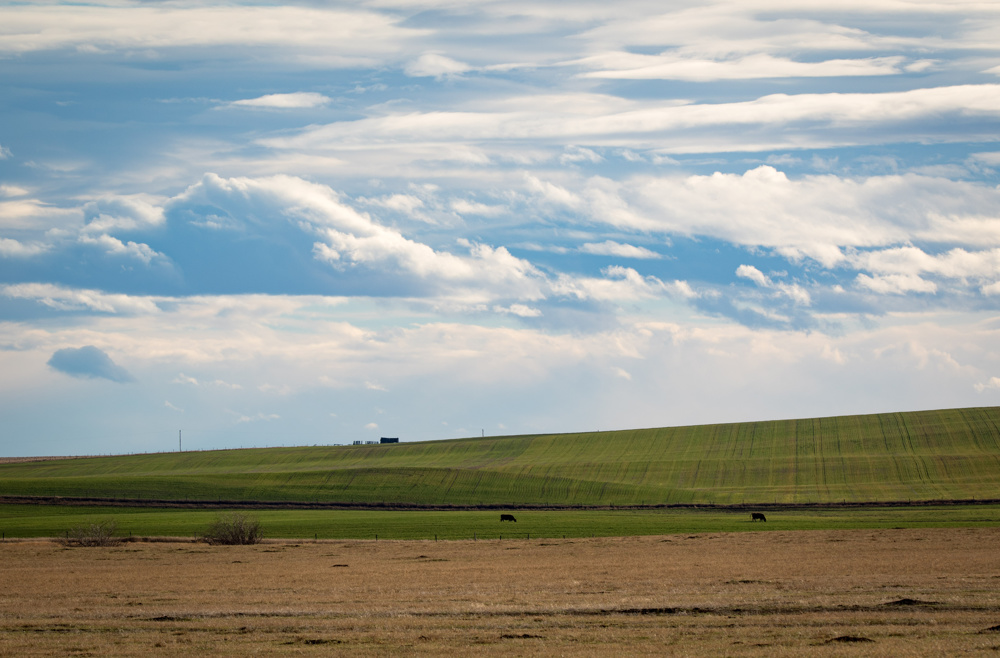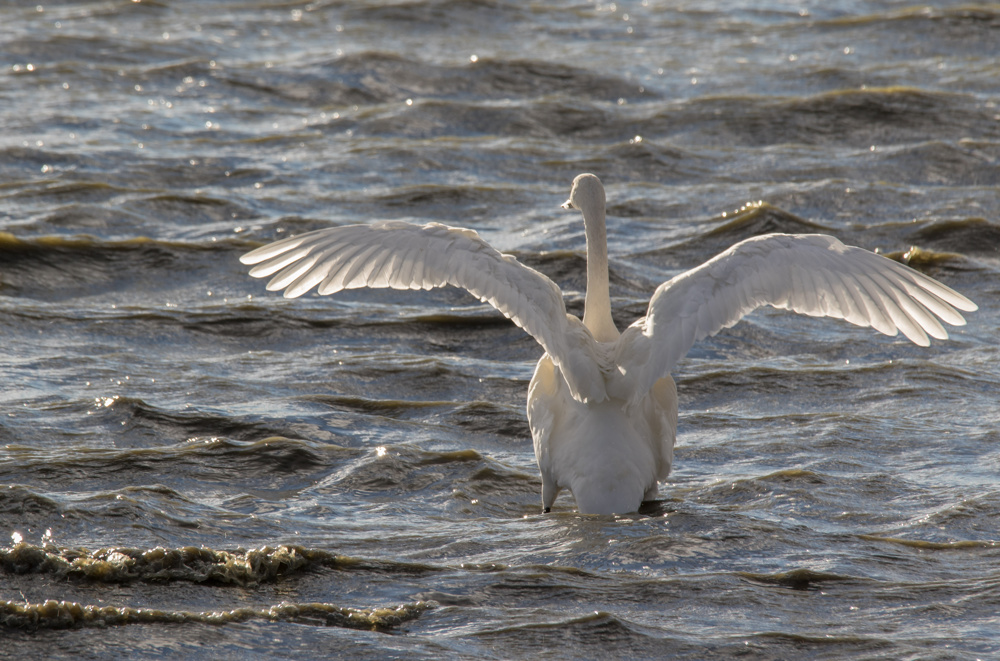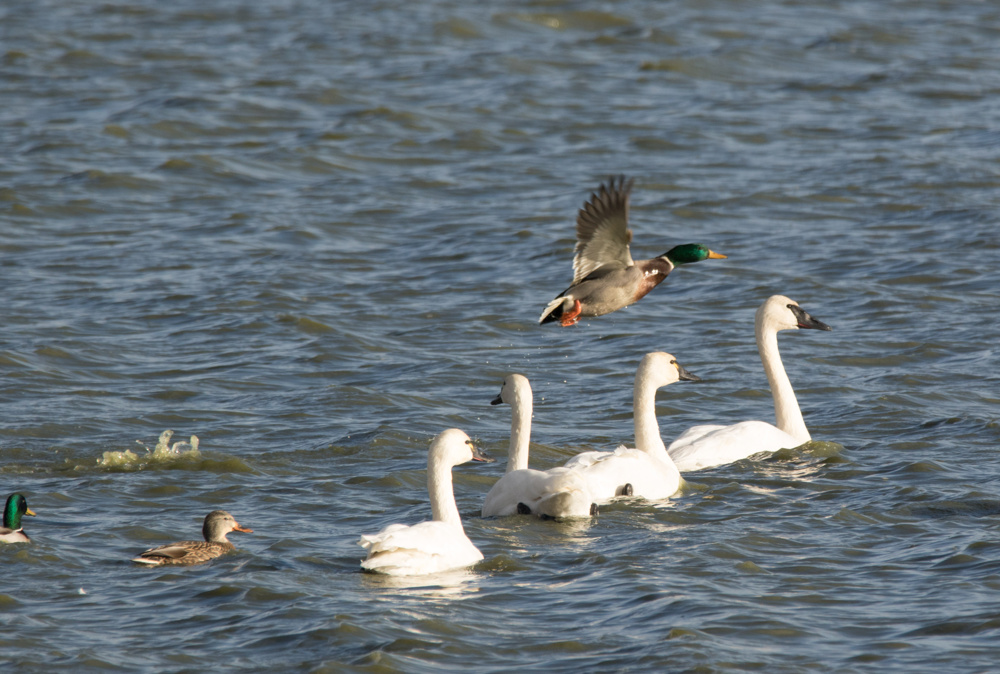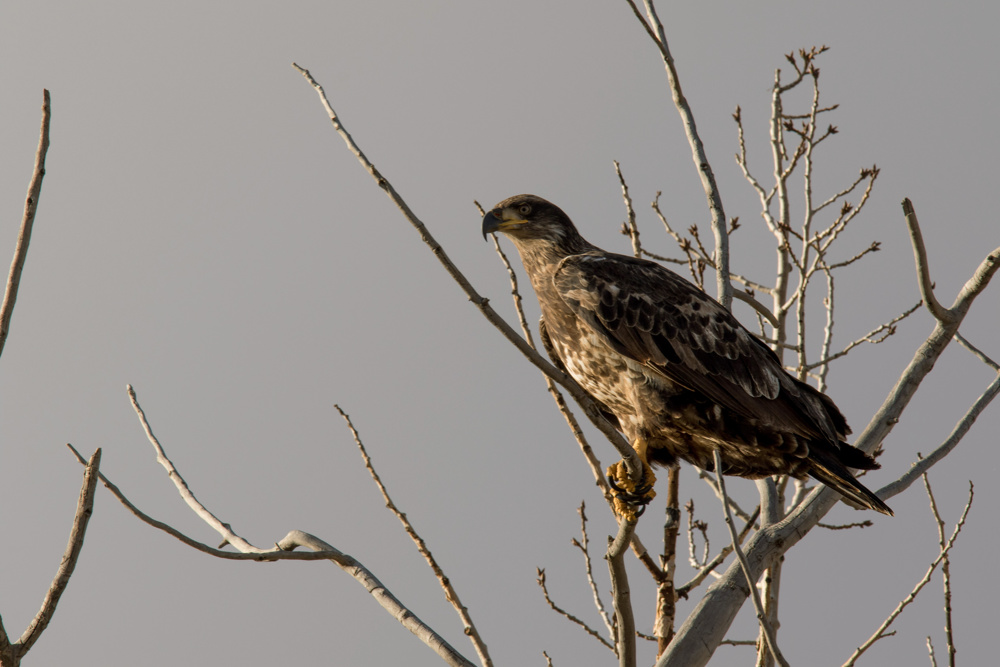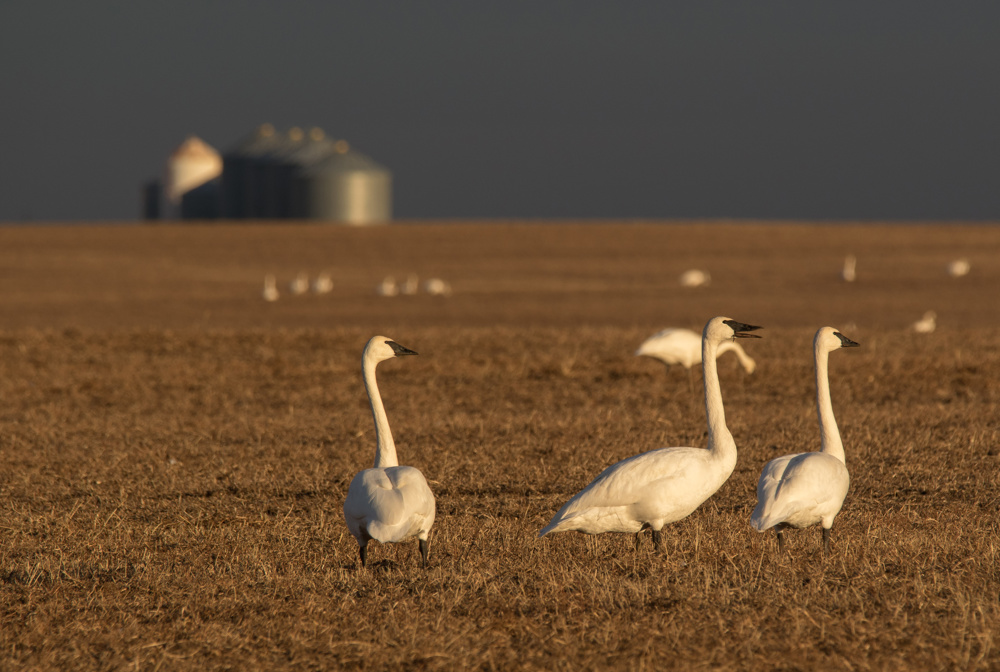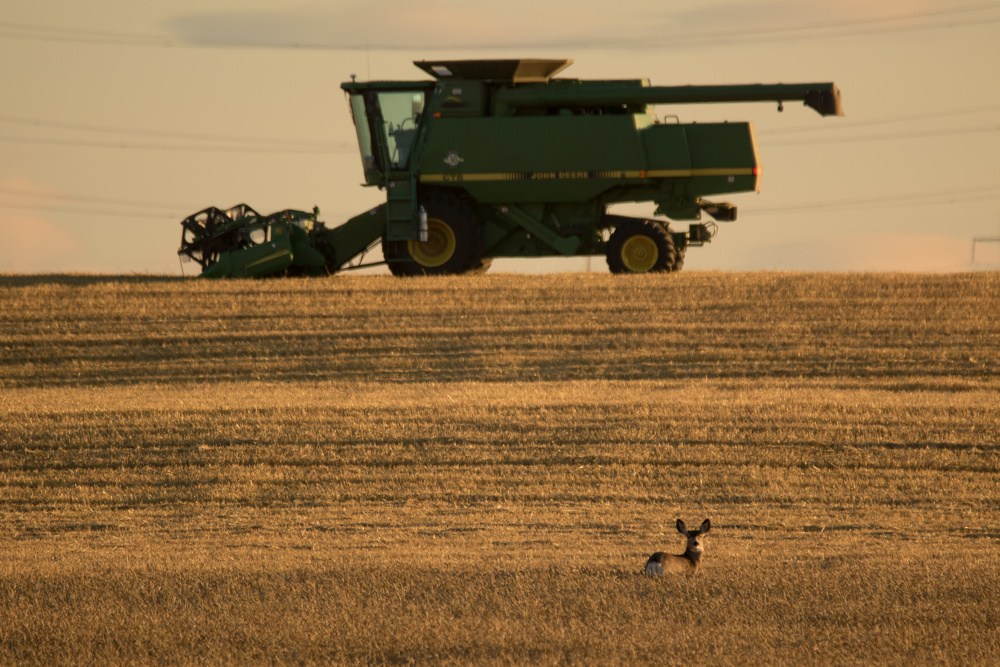I really felt like walking over and snuggling up next to the moose.
She was lying in a comfortable-looking patch of willows and grass, her tiny eyes barely staying open as she looked back at me while I took her picture. The wind hadn’t come up yet and even now, just a couple of hours after sunrise, the temperature was already in the double digits.
I was poking around between Dogpound and Madden, taking advantage of the unseasonably warm weather to just cruise and see what I could see. I’d missed the sunrise - and it was a nice one - but the chinook arch sweeping overhead was diffusing the morning sun and bathing the landscape in nearly shadowless light.
It was easy to see that the day was going to get windy, There were already clouds shredding on the peaks to the west and the shadows cast from the lip of the arch were making dark streamersin the the dust in the air.
And there was lots of dust.
I’ve occasionally seen combines working this late in the season before, usually chewing up canola, but there were at least half a dozen of them working the fields between Cremona and Crossfield. Barley chaff and dry dust from the canola was nearly fog-like around some of the fields.
But the warm November air made it feel far less strange. The scent of the dust in the rising temperature made it feel more like mid-September than mid-November. It was a warmer, more pleasant day than we had during the entirety of the Calgary Stampede. Except for the bare trees, it could have been summer.
The wind was starting to pick up now, heavy gusts coming from the west. The arch above was separating into banks of lenticular clouds, oblongs that stretched and changed like blobs in a horizontal lava lamp.
I put up my little copter to take a few pictures of the bends where Dogpound Creek twisted through a pasture and just as I started to shoot the sun broke past the edge of the arch and flooded the ground below with light. Looking down at the screen with the video flowing back from the airborne camera, I could see the light moving quickly across the land. And I could feel it as it reached me, my black jacket rapidly going heat as the sun bore down on it.
I flew the copter back and rolled on hoping to find a combine to photograph from the air.
Finding one wasn’t a problem. The problem was flying.
Launching the copter near an empty field, I attempted to fly it low over some some swaths waiting to be picked up. It took off just fine but the wind was so strong that I could barely get it to move forward. Too scary. I brought it back and put it away.
Heading back toward Dogpound, I tried to find valleys that were a bit sheltered but the wind was so strong that it reached everywhere. Horses grazed in the scant shelter of the bare trees and the combines left streaks of dust churning off to the east like contrails from a jet. The wind was so strong that it was lifting the windrows of swathed grain and tossing them around the fields.
It was warm, though, nearly hot, the warmest November day I can remember. If not for the wind and low angle of the sun, it would have been as fine as any summer day. But the wind, especially, was wearying.
Stepping out of the truck I was buffeted and shoved around and stopping the truck to shoot from inside was nearly as bad, the wind shaking the it as much as it shook me. Tiring and tough. I was really starting to regret not walking over to nap with the moose.
Still, though, it was lovely day. But I had to get back to town for an appointment so I rolled southeast.
I woke next morning to an equally lovely day and thought, why waste it cleaning the house doing other decades-neglected chores. I headed out toward Dogpound again.
And promptly saw another moose. This one was a male, though, standing among some aspens and not looking nearly as snuggly as the female I’d seen the day before. It was a little cooler, too.
But the wind was much sweeter, just a slight breeze that carried the scents of cattle, grain dust and damp. The chinook arch still rolled overhead but its edge was a series of streamers, not the wind-rolled blows from the day before. The mountain peaks were clear.
I looked around for a combine to maybe fly over but I found none. They really must have worked hard the day before. the fields that had been wind-tossed windrows were now just stubble and there were piles of grain in several fields, the kernels harvested and now just waiting to be hauled away.
The sun made it past the edge of the arch and the land was bathed in bright light. There was barely a ripple on any of the sloughs and their surfaces mirrored the sky. Deer were everywhere.
I watched them walking through fields and nibbling on dry berries. I found one nice mulie buck and his harem of does near Madden, his antlers glinting in the soft sunlight. A dozen or so whitetails walked the greens at the golf course.
And just to the south of Madden I stopped at a place I’d stopped the day before.
A slope green with a cover crop stretched out to the west, mountain peaks rose on the horizon. A line of cattle grazed in the foreground. The day before it had looked nearly identical but the wind was so strong that it was nearly impossible to get a decent photo.
Now, though, it was nearly calm. The sun was warm. I could hear cattle mooing in the distance. A dog barked.
So relaxing. A bit strange in November but so nice that we were having a day like this.
All I needed now was a moose to snuggle up with.
